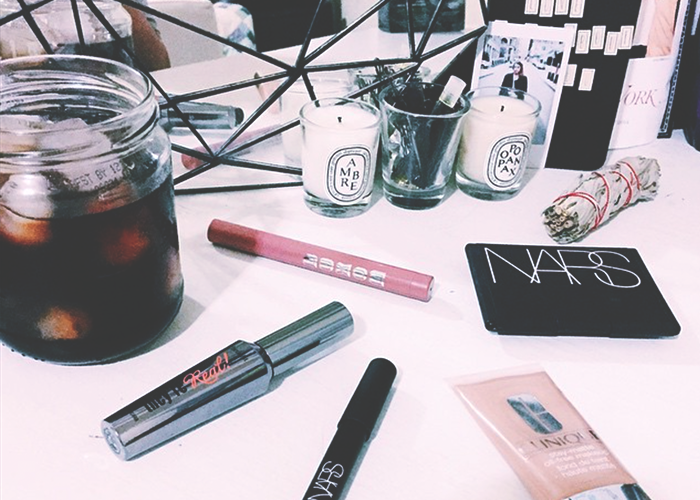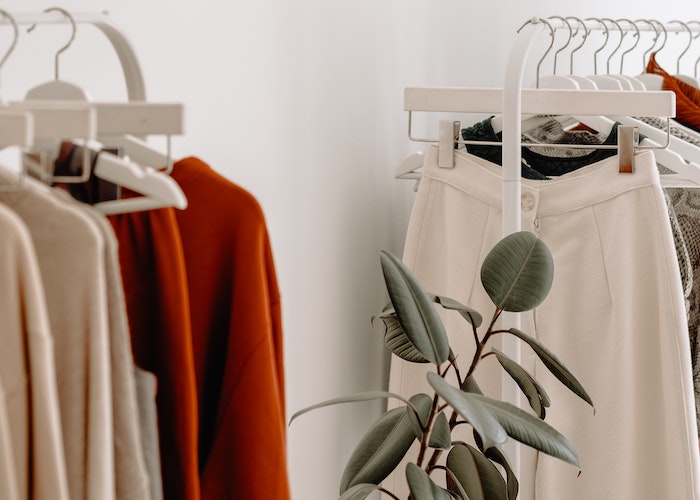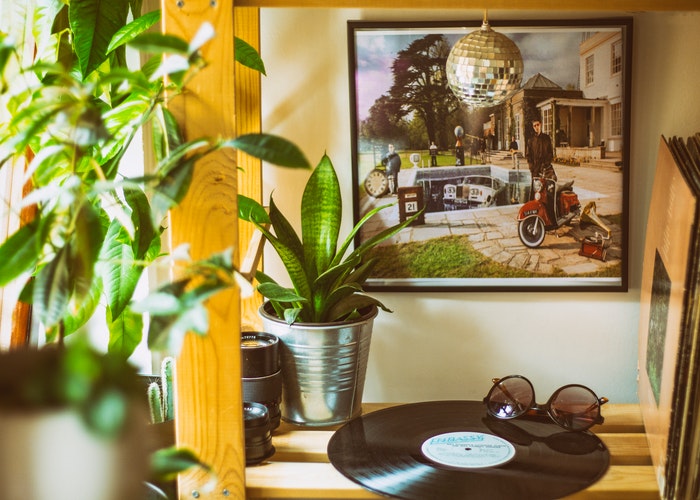The Ultimate Guide To Amazing Skincare On A Budget
Image via Ella Ceron
When it comes to skincare, I’ve put myself through the ringer. Since 6th grade, I’ve been managing acne, incredibly oily skin, post-inflammatory hyperpigmentation (commonly known as “red marks you get after a breakout”) and sensitivity.
A little about my skin and lifestyle: I struggled with typical acne from the age of 11-22 and took everything under the sun, short of Accutane, and tried out tons of topicals too. I was an expert on both drugstore and high-end products. Neutrogena, Clean & Clear, Clinique, Murad; I tried everything but Proactive, because I’m allergic to benzyl peroxide. After I graduated college, my acne changed. Now, it’s mostly all hormonal. I still deal with excess oil, but now sometimes I have dry patches too! Hooray! I do still take birth control, but skincare isn’t the Pill’s main function, so I don’t typically count that. I live in coastal South Carolina, and previously lived and worked in coastal Florida, so I’ve always been in humid, tropical climates and haven’t really had any terrible winters to deal with.
I saw a dermatologist under first my parents insurance through college, and then at my first job in private-sector education. However, now that I work in public-sector education, my insurance took a hit. I couldn’t afford the co-pays and prescription costs that came with seeing a dermatologist regularly, so I started researching what I could do on my own to mitigate some of my skin issues.
So, who’s ready to save some $$$?
Activated Charcoal
I was using Biore’s Charcoal Cleanser and Glamglow
’s original mask with activated charcoal when I thought to myself, “What the heck is charcoal supposed to do, anyway?” Turns out, it’s sort of a miracle when it comes to oil control and dragging out all of the disgusting gunk that accumulates in my overlarge pores.
There are tons of ideas on Pinterest on how to use activated charcoal capsules to make face masks, scrubs, and even teeth whiteners. I tend to use it once or twice a week as a special treatment rather than every day. This Xo Vain article is a great place to start, and I love her face mask recipe. I use my Biore cleanser in the morning, then toner, and finally apply my moisturizer (I know that link isn’t a DIY, but it’s the best stuff I’ve ever found, and it’s a dream come true for sensitive skin) before I continue on to the rest of my routine.
Milk of Magnesia
Since the tender age of 11, when my acne first sprouted, I’ve been wrestling with finding (a) a foundation that actually is “long-wearing” or (b) a mattifying product that would keep makeup on my face. It’s not just my T-Zone, either, but in weird places like my eyelids and where my glasses rest on the side of my nose.
NOT ANYMORE.
This isn’t exactly do-it-yourself, but at $3.50 a bottle, this stuff is the best oil-control your pennies can buy.
Milk of Magnesia, for those of you unaware, is a chalky liquid that “gently relieves constipation.” Conveniently, it’s the best mattifier I’ve ever used. And the cheapest. Shake the bottle vigorously for about 30 seconds, then open it, dip in your finger and then spread the liquid wherever you need oil control. I definitely DO NOT recommend all-over application for those with combination skin, as it’ll make you flakier than that hookup you really need to stop texting. It may leave a bit of a white caste at first, but if you rub it, it’ll vanish, and it’s also invisible under makeup, and doesn’t give you that ghost look in flash photography. This is the video that converted me!
I apply it under my makeup, and then go about my routine as usual.
This is probably the easiest and most widely applicable skincare hack for you DIY goddesses and gods. Apple Cider Vinegar (ACV, for short) is a fantastic addition to any cleansing routine, because it’s hella quick and requires minimal effort on your part. ACV balances your skins’ pH (essential after wearing that Milk of Magnesia all day), acts as a gentle exfoliant and can clear blemishes faster and help to fade those pesky red marks that are the ghost of pimples past.
This is the tutorial I used to help make my ACV toner. Full disclosure: basically everything I read said to use raw, unfiltered, organic ACV, but my grocery store didn’t carry it, so I just got the Heinz kind, and I haven’t experienced any adverse effects. I use the 1:1 ratio, and splash it directly on my face once I’m done washing. I don’t rinse it off, just let it dry, and then apply whatever products the time of day calls for.
Oils
Cleansers: I know, I know, oil-cleansing is ~totes ridic~ but this was my gateway into the world of DIY skincare, and I couldn’t be more happy with that decision. Because I use a primer and full-coverage foundation and powder and eyeshadow primer and eyeshadow and mascara, I have a LOT of my face every day. As I got older and my skin got more temperamental (read: sensitive-and-combination instead of just straight-up oil everywhere), it was harder and harder to find a facewash that removed my makeup, didn’t irritate my baby skin and balanced the wicked combination of tight cheeks and a shiny nose.
I started oil-cleansing with Philosophy Purity Cleansing Oil, and really loved it. Not to mention the bottle lasted me forever. After doing some research, I thought I would try to make my own, as it would be substantially cheaper than the 25$ I was paying. Crunchy Betty did two posts that formed the backbone of my experiment.
My current mix 40% Castor Oil, 40% Grape Seed Oil
, ~20% Argan Oil
with a smidge of Tea Tree Oil
to top it all off. I omit the Argan Oil in the summer (hello 100% humidity, goodbye dry skin), and bump up the Castor and Grapeseed accordingly. It’s never made me break out, and it’s helped me balance my skin to the point where I feels moisturized, but not slick. I use apple cider vinegar as a toner, and then apply moisturizer before I had to bed. I make 4oz at a time, and it typically lasts 6 months or so.
Side Note: STOP paying so much for Josie Maran’s Argan Oils, and buy it wholesale from Amazon to keep up with skincare on a budget.
Moisturizers: Typically I use oils-as-moisturizers only in the winter, and only at night time when I feel like I’m waking up with skin that needs more attention. I will usually use 3-4 drops of Grapeseed oil over my regular moisturizer.
And there you have it, treatments that will save your skin (literally) without costing a fortune. Here’s to manageable t-zones, hydrated winter skin, and minimal pores!





